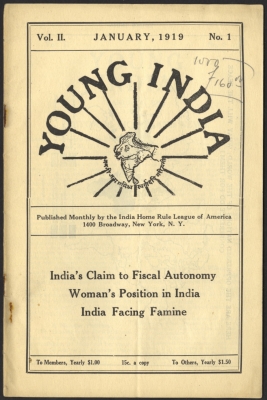
Gandhiji began this English weekly journal in 1919, and it continued for 12 years till its closure in 1931. It came close on the heels of the draconian Rowlatt Act and the brutal Jallianwala Bagh massacre. Founded and edited by Gandhiji himself. Young India was aimed at reaching the educated. Selling at one anna, it reached a circulation figure of about 1,200 initially, which by itself may not be viewed now as impressive numbers, but given the political climate back then, it was quite laudable an achievement. Young India was his tool to express his ideas about non-violent methods of organising movements, among others. He urged Indians to consider, organise, and plan for freedom from the British rule. Clearly, what he wrote in this journal inspired many – because the journal’s circulation crossed not just what Gandhiji himself aspired for – a circulation figure of 2,500, but by 1922, it is said to have reached a weekly sales figure of a whopping 40,000! The newspaper is believed to have managed to create the momentum for a countrywide climate of dissent against the British. And this is said to have led to the extensive support for the Non-Cooperation Movement of 1921-22. The articles published in the journal evidently left the British unsettled. In 1922, Gandhiji was charged with sedition, due to the publication of three articles in Young India that were critical of the government.
Did you know?
In 1919, his Gujarati journal Navjivan was started, to reach out to non-English speaking people such as farmers and workers. It was published from Ahmedabad, and soon, Young India, which was published from Bombay too moved to Ahmedabad. Navjivan serialised Gandhiji’s autobiography between 1925 and 1929.
Picture Credit : Google




